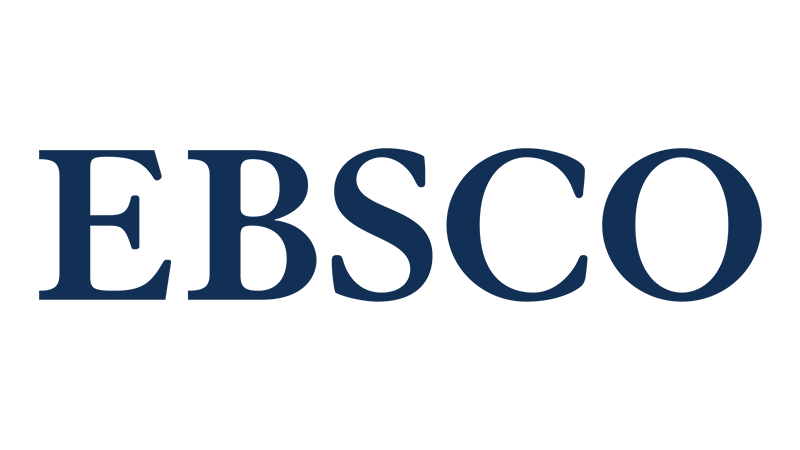
Abstract
The reversal strategy in the Pakistan Stock Market has shown significant profits for the time period January 1993 - September 2017. The available asset pricing models are unable to link these returns with the risk premium. This paper explores an alternative channel of predicting risk premium. It suggests that reversal profits can be considered as compensation for providing liquidity to the market during times of high volatility. Results reveal that reversal is stronger for illiquid and volatile stocks. Furthermore, firms that show reversal, are cash constrained, have lower return on asset (ROA) and equity (ROE), lesser operating profitability (OP), investment (INV) and net income (NI).
Keywords
Reversal strategy, Risk premium, Market volatility, Liquidity provision.
DOI
https://doi.org/10.54784/1990-6587.1022
Creative Commons License

This work is licensed under a Creative Commons Attribution 4.0 International License.
Recommended Citation
Butt, H. A., & Sadaqat, M. (2019). The reversal strategy: A test case for an emerging market. Business Review, 14(1), 12-27. Retrieved from https://doi.org/10.54784/1990-6587.1022
Included in
Finance Commons, Management Sciences and Quantitative Methods Commons, Marketing Commons
Publication Stage
Published










